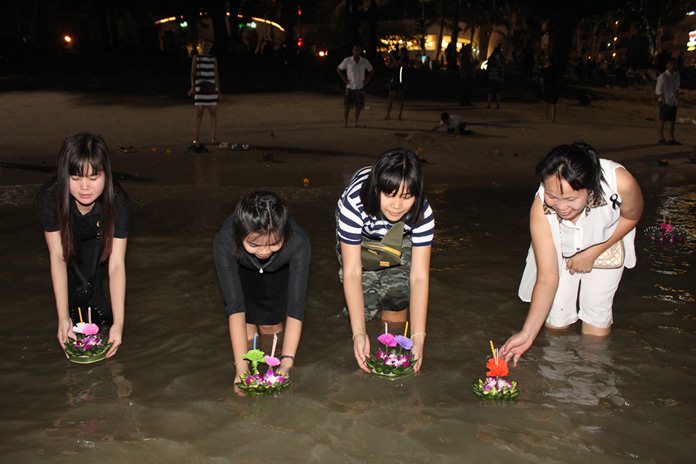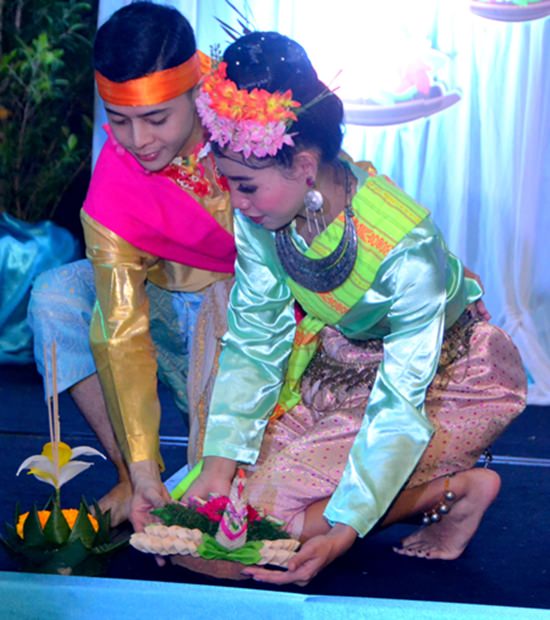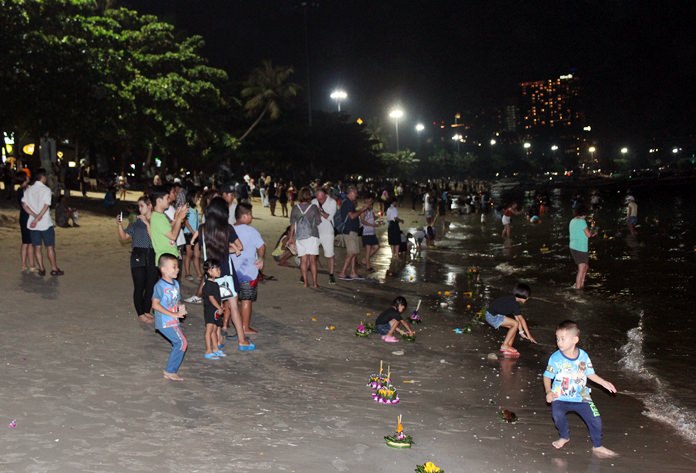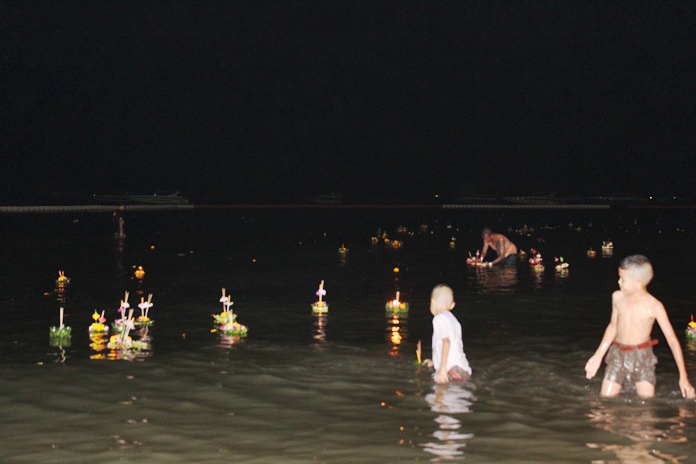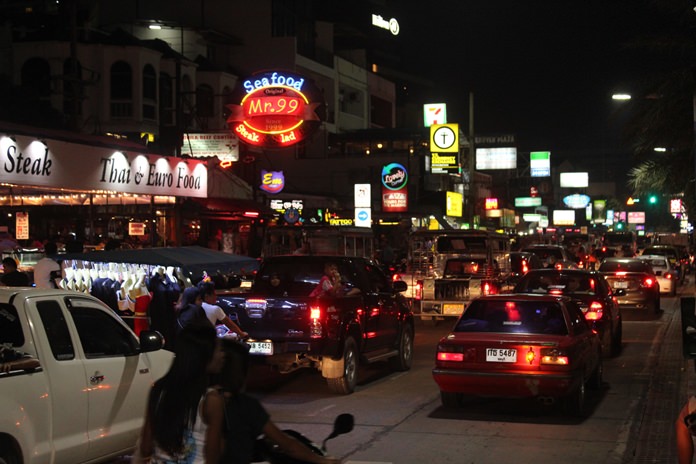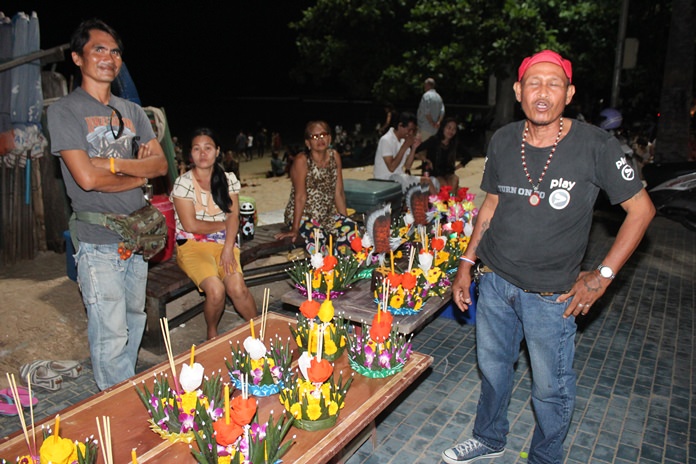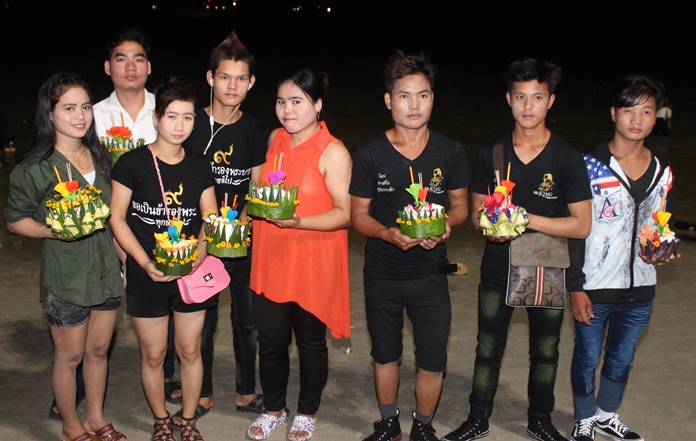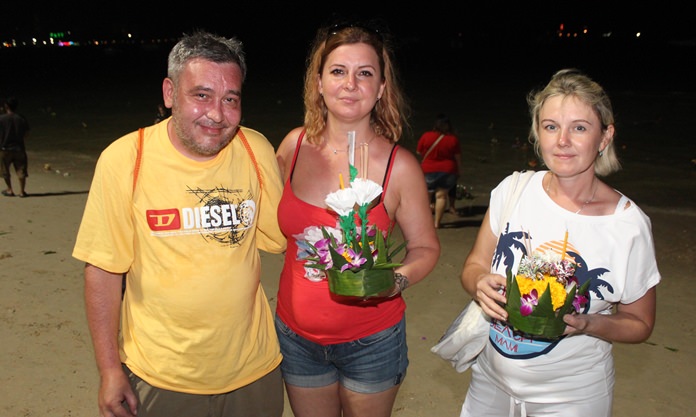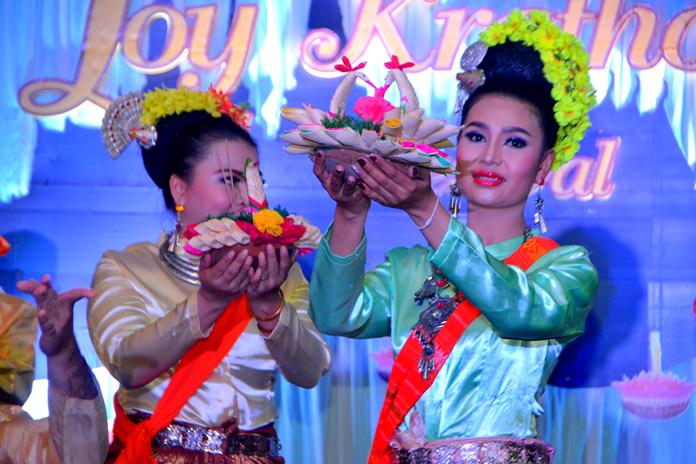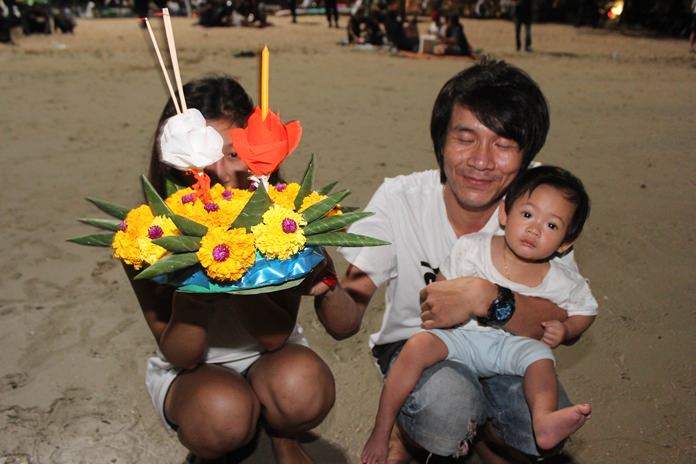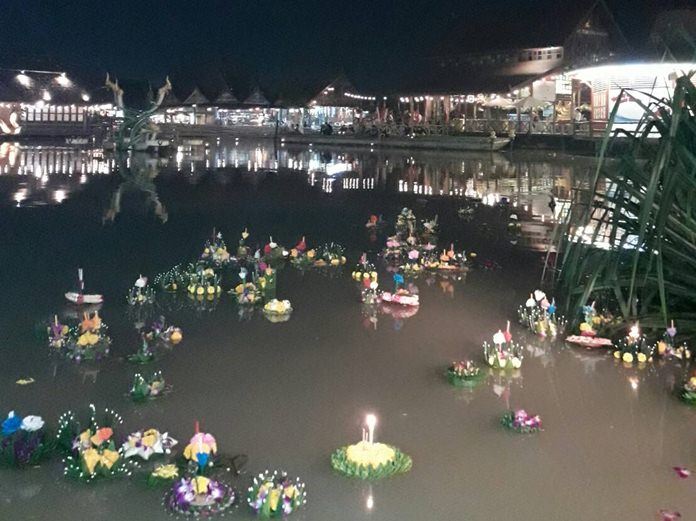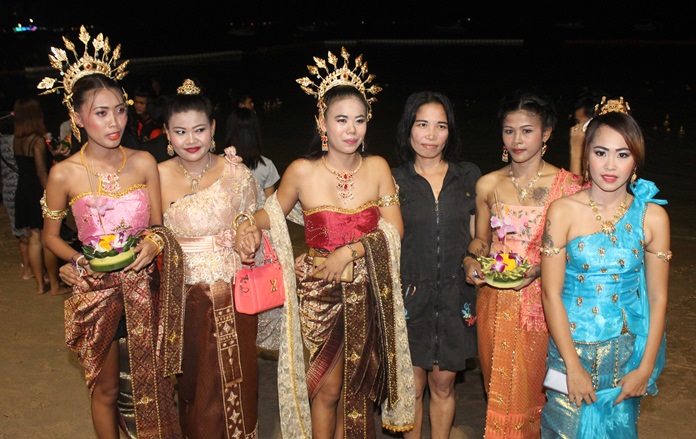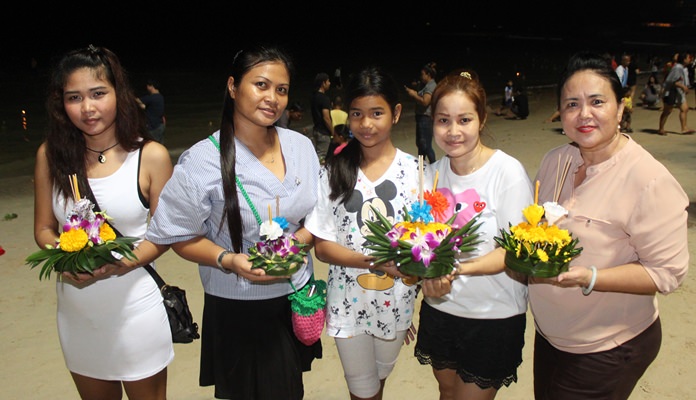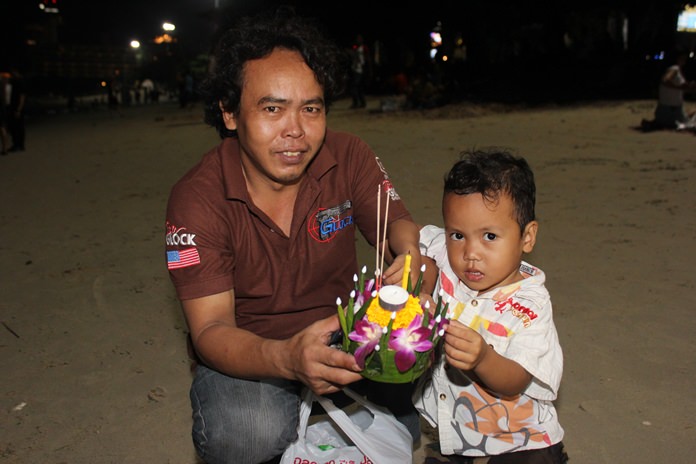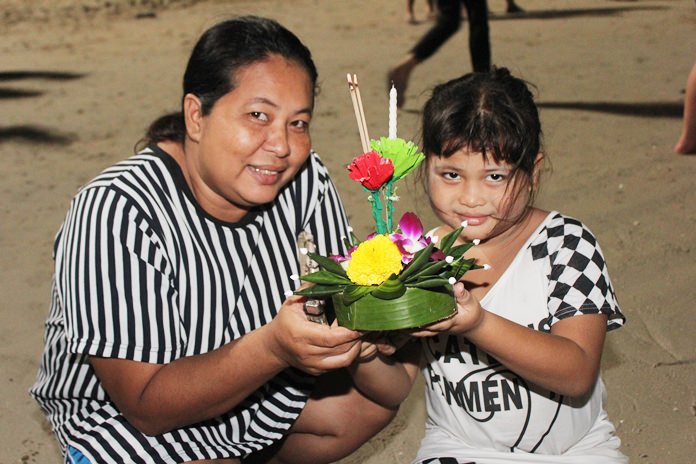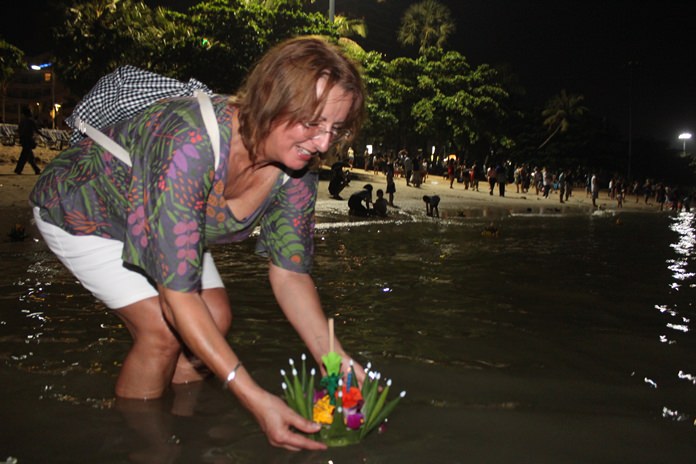With the entire Kingdom in mourning, official regularly scheduled Loy Krathong events were cancelled, but many people were able to participate privately. Given the weight of the circumstances, however, most did so with proper restraints.
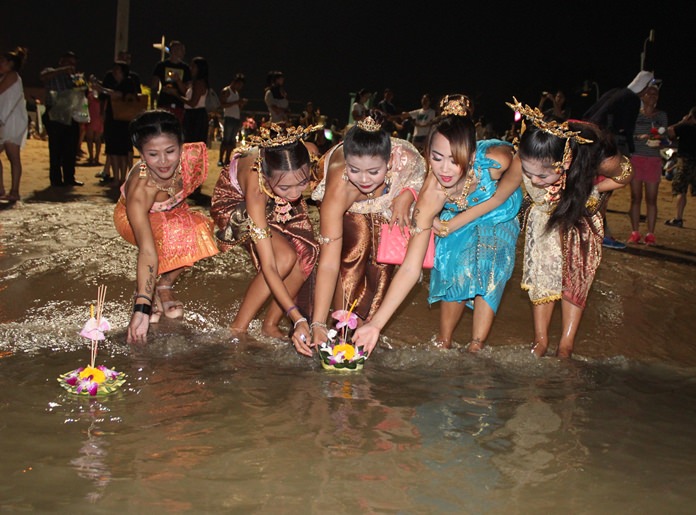
This year Loy Krathong, the most romantic night on the Thai calendar, fell on Monday, November 14. Either by coincidence or holy / royal intervention, this year’s full moon was a “Super Moon”, a designation given to the phenomenon when the moon and earth’s orbits are closest. Monday’s super moon was the biggest in recent memory, with the moon looking at least 14% larger than normal.
Local beaches and waterways were less crowded this year than last, with people wearing black whilst floating their krathongs. Most observed the government’s wishes to use biodegradable materials.
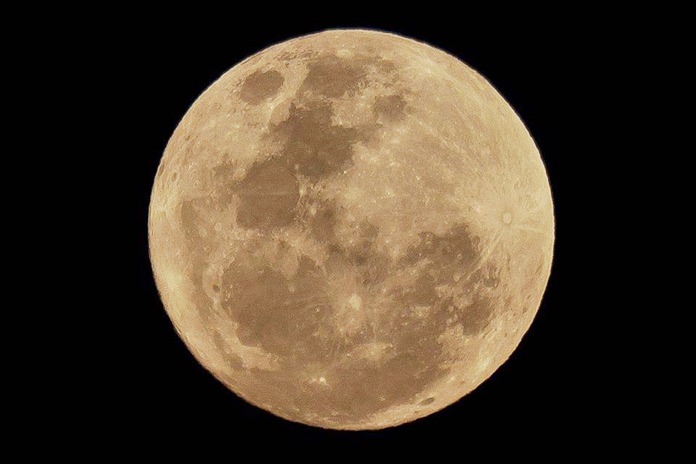
Krathong sales also were down, as some people opted to create their own. Some used black and white material to keep with the mourning period.
Fireworks were banned; anyone caught in action would face up to 10,000 baht in fines and up to three years jail time, but nobody was caught doing so.
A bit of history
According to the history written by King Mongkut in 1863, the Loy Krathong festival has its roots in ancient Brahmin culture, going back some 700 years. The spirits of the river were given offerings which were sailed in the river in small boats (krathongs) and in this way the owner of the krathong would gain absolution. This was a Brahmin belief.
The small boats fashioned by the beautiful and talented Nang Noppamas, the daughter of a Brahmin priest and wife of King Phra Ruang, were notable for their construction and beauty. It was this king who then dedicated the krathong to the memory of the Buddha, and decreed that the event would be called Loy Krathong and that it should become an annual celebration to commemorate the skill and beauty of his consort. In this way he lifted it out of Brahmin culture and installed it into the accepted Buddhist way of life. This is the reason that the krathongs now carry three incense sticks representing the Buddha, the Dharma and the Sangha.
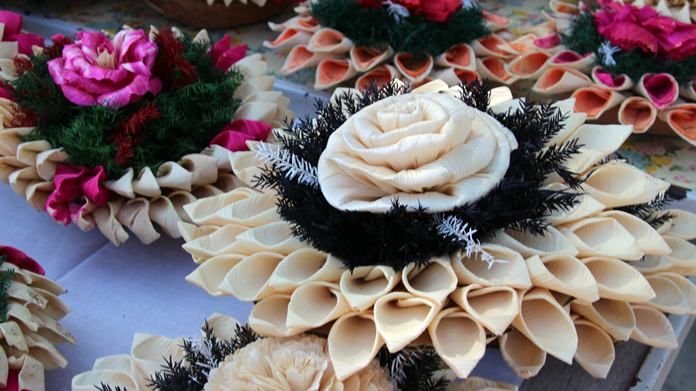
During the Loy Krathong Festival, people decorate their krathong with flowers, joss sticks and candles which will then sail away, taking with them bad health, bad luck and unhappiness.
Lanterns are well-known symbols in the Loy Krathong Festival, too, being used to decorate houses and temples in worship of the guardian spirits. There are four kinds of lantern used in the festival: the hand-held rabbit lantern, the hot air balloon lantern (kom loy), the hanging lantern for religious worship, and the spin lantern installed at the temples. The belief in lanterns is that the lights inside compare with the wisdom the people will gain in the next life.
